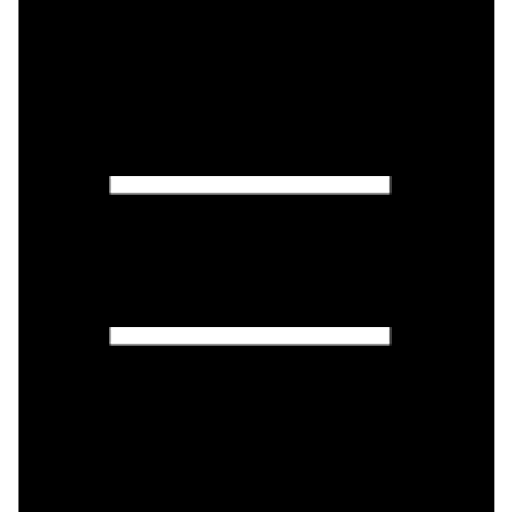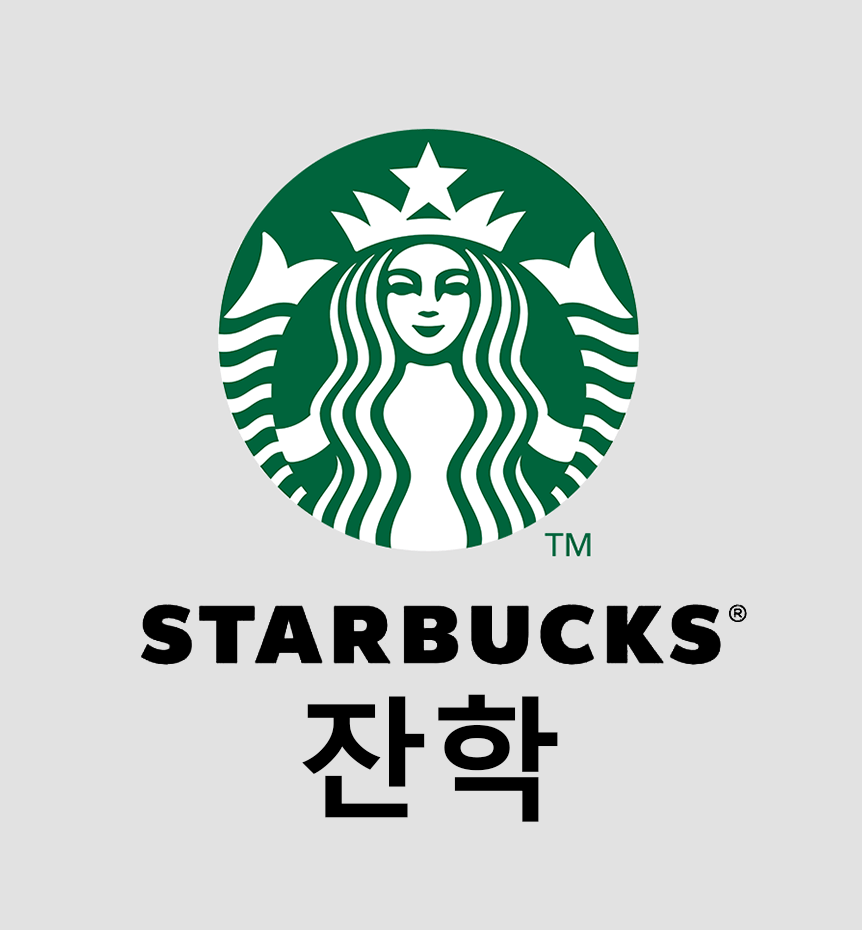
스타벅스의 오물과 동물학대
충격적인 스타벅스의 계란 공급망
스타벅스에서 커피를 마시거나 식사를 해본 적이 있나요? 만약 그렇다면, 당신은 다시 재고해봐야 할지 모릅니다. 충격적인 영상이 아시아의 스타벅스에서 사용된 계란 뒤에 숨겨진 식품 안전 위험성과 극단적인 동물 학대를 드러냅니다.
닭을 케이지에 가두는 농장에서는 분변과 흙이 알을 낳는 케이지 막대에 콕 박혀 있고, 분변은 알이나 닭들로부터 불과 몇 인치 떨어진 곳에 쌓입니다. 어미 닭들은 너무 작고 잔인해서 전 세계 수십 개 나라에서 불법인 케이지에서 거의 평생 동안 살아갑니다. 암탉의 시체는 사람이 먹을 알을 낳는 암탉 바로 옆에 썩도록 그대로 있습니다.
스타벅스는 2020년까지 회사 소유의 매장에서 훨씬 더 안전하고, 품질이 우수하며, 보다 인간적인 케이지 프리 계란만을 판매하기로 약속했습니다. 하지만 스타벅스는 라이선스 보유자들에게 약속에 참여할 것을 의무화하지 않았고, 스타벅스 또한 많은 아시아 시장에서 케이지 프리 목표를 달성하는 데 실패했습니다. 스타벅스는 아시아 고객들이 같은 품질의 음식을 먹을 자격이 없다고 생각하는 것 같습니다. 그들은 변하겠다는 의지도 없이 더럽고 잔인한 케이지에 갇힌 농장의 계란을 계속 팔고 있습니다.
미국, 유럽, 아시아 및 기타 지역에서 수십 개의 그외 유명 레스토랑과 카페 체인점들은 이미 케이지 프리 계란만을 사용하기로 약속했습니다. 예를 들어 버거킹, 서브웨이, 프레타망제, 파파존스, 팀 호턴스, 코스타 커피는 미국, 유럽 및 아시아 전역에서 100% 케이지 프리 계란을 약속했습니다.
스타벅스는 케이지 프리 계란만 판매할 구체적 일정을 정하여 다른 주요 국제 레스토랑과 카페 체인을 따라잡아야 할 때입니다.
탄원서에 서명해 주세요!
스타벅스, 나는 귀사가 다른 주류 식품 회사들과 발맞춰 더럽고 잔인한 배터리 케이지에서 나오는 계란을 더 이상 안 쓰겠다고 약속하기 전까지는 커피도 안 마실 것이다. 스타벅스, 이제 100% 케이지 프리 로 가야 한다!
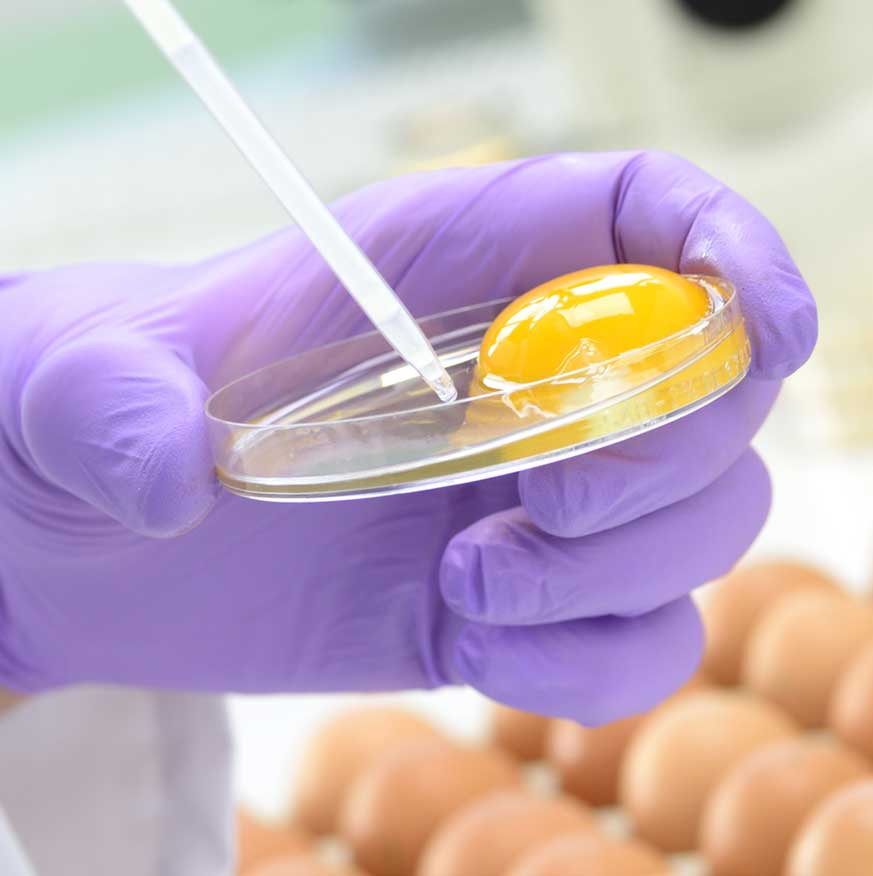
케이지에서 나온 계란의 식품 안전 위험
12개 이상의 과학적 연구 결과를 보면, 케이지를 사용하는 계란 농장이 살모넬라균 오염률이 극도로 높다는 것이 나타납니다. 유럽식품안전청은 5,000개 농장의 데이터를 분석하면서 이 문제에 대한 역대 최대 규모의 연구를 실시했습니다. 해당 연구를 통해 케이지를 쓰는 계란 농장이 주요 살모넬라 균주에 오염될 가능성이 25배 더 높다는 것이 발견됐습니다(1, 2, 3, 4, 5, 6, 7, 8, 9, 10, 11, 12, 13, 14, 15, 16, 17)
닭을 케이지에 가두어 두는 것이 식품 안전 위험성을 야기하는 이유는 여러 가지가 있습니다. 미국 농무부의 연구를 보면 케이지에 갇히는 스트레스가 닭을 질병에 더 취약하게 만든다는 것이 나타납니다. 케이지 또한 세척과 소독이 어려워서 “오염된 배설물과 먼지”가 더 많아집니다.(18, 19, 20, 21, 22, 23)
잔인한 케이지 계란
개나 고양이처럼, 닭은 기쁨과 고통을 느끼는 똑똑하고 지성적인 개체입니다. 너무 작아서 겨우 몸을 돌릴만한 케이지에 평생 동물을 가두어 두는 것은 그야말로 잘못된 것입니다.(24)
배터리 케이지들은 너무 잔인해서 전 세계 수십 개 국가에서 금지되었습니다. 세계의 모든 주류 동물 보호 단체들은 배터리 케이지가 잔인하고 비인간적이라며 비난합니다. (25, 26, 27)
몇몇 단체에서는 다음과 같이 말했습니다:
 “”RSPCA는 모든 케이지 시스템을 금지하고 산란계도 잘 관리되는 대체 시스템에서 지내도록 할 것을 촉구하고 있다.” 왕립 동물 학대 방지 협회
“”RSPCA는 모든 케이지 시스템을 금지하고 산란계도 잘 관리되는 대체 시스템에서 지내도록 할 것을 촉구하고 있다.” 왕립 동물 학대 방지 협회

“농장 동물을 밀집 시설에 가둬두는 것은 야만적이며 현대의 가치와 맞지 않는다.” 미국 동물 학대 방지 협회

“케이지 안에 있는 암탉들은 스트레스와 부상을 입기 쉽고 살모넬라균에 걸릴 위험이 높아집니다.” 세계 동물 보호 단체
이 단체들은 본 웹사이트와 관련이 없습니다.
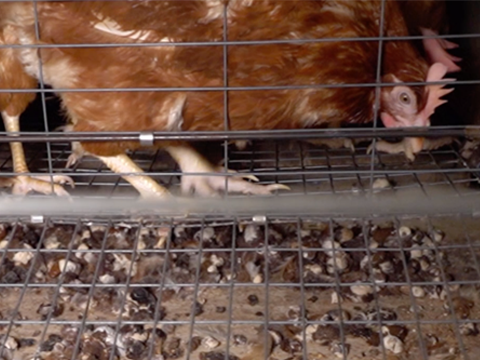
배터리 케이지
스타벅스는 잔인하고 더러운 배터리 케이지에 닭을 가두는 공급업체의 계란을 계속해서 고객들에게 판매하고 있습니다.
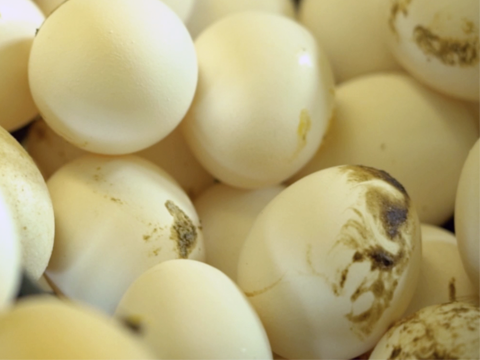
더러움
이러한 스타벅스 계란 공급 업체에서는 분변이 장비를 덮고 계란에 묻습니다.
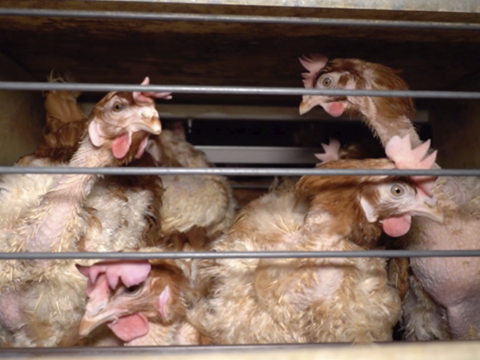
잔인함
각각의 어미 암탉은 거의 평생을 몸도 돌리기 어려울 정도의 작은 케이지에 갇혀서 있습니다.
다운로드 및 문서화
Equitas 는 전 세계 식품 공급망에서 소비자 보호와 동물 복지를 위해 일하는 영국 기반의 글로벌 비영리 단체입니다.
배터리 케이지의 식품 안전 위험 및 동물 학대에 대한 인용
1: Van Hoorebeke S, Van Immerseel F, Schulz J, et al. 2010. Determination of the within and between flock prevalence and identification of risk factors for Salmonella infections in laying hen flocks housed in conventional and alternative systems. Preventive Veterinary Medicine 94(1-2):94-100.
2: Snow LC, Davies RH, Christiansen KH, et al. 2010. Investigation of risk factors for Salmonella on commercial egg-laying farms in Great Britain, 2004-2005. Veterinary Record 166(19):579-86.
3: 2010. Annual Report on Zoonoses in Denmark 2009. National Food Institute, Technical University of Denmark.
4: Van Hoorebeke S, Van Immerseel F, De Vylder J et al. 2010. The age of production system and previous Salmonella infections on farm are risk factors for low-level Salmonella infections in laying hen flocks. Poultry Science 89:1315-1319.
5: Huneau-Salaün A, Chemaly M, Le Bouquin S, et al. 2009. Risk factors for Salmonella enterica subsp. Enteric contamination in 5 French laying hen flocks at the end of the laying period. Preventative Veterinary Medicine 89:51-8.
6: Green AR, Wesley I, Trampel DW, et al. 2009 Air quality and bird health status in three types of commercial egg layer houses. Journal of Applied Poultry Research 18:605-621.
7: Schulz J, Luecking G, Dewulf J, Hartung J. 2009. Prevalence of Salmonella in German battery cages and alternative housing systems. 14th International congress of the International Society for Animal Hygiene: Sustainable animal husbandry : prevention is better than cure. pp. 699-702. http://www.safehouse-project.eu/vars/fichiers/pub_defaut/Schulz_Salmonella_ISAH%202009.ppt.
8: Namata H, Méroc E, Aerts M, et al. 2008. Salmonella in Belgian laying hens: an identification of risk factors. Preventive Veterinary Medicine 83(3-4):323-36.
9: Mahé A, Bougeard S, Huneau-Salaün A, et al. 2008. Bayesian estimation of flock-level sensitivity of detection of Salmonella spp. Enteritidis and Typhimurium according to the sampling procedure in French laying-hen houses. Preventive Veterinary Medicine 84(1-2):11-26.
10: Pieskus J, et al. 2008. Salmonella incidence in broiler and laying hens with the different housing systems. Journal of Poultry Science 45:227-231.
11: European Food Safety Authority. 2007. Report of the Task Force on Zoonoses Data Collection on the Analysis of the baseline study on the prevalence of Salmonella in holdings of laying hen flocks of Gallus gallus. The EFSA Journal 97. www.efsa.europa.eu/EFSA/efsa_locale-1178620753812_1178620761896.htm.
12: Snow LC, Davies RH, Christiansen KH, et al. 2007. Survey of the prevalence of Salmonella species on commercial laying farms in the United Kingdom. The Veterinary Record 161(14):471-6.
13: Methner U, Diller R, Reiche R, and Böhland K. 2006. [Occurence of salmonellae in laying hens in different housing systems and inferences for control]. Berliner und Münchener tierärztliche Wochenschrift 119(11-12):467-73.
14: Much P, Österreicher E, Lassnig. H. 2007. Results of the EU-wide Baseline Study on the Prevalence of Salmonella spp. in Holdings of Laying Hens in Austria. Archiv für Lebensmittelhygiene 58:225-229.
15: Stepien-Pysniak D. 2010. Occurrence of Gram-negative bacteria in hens’ eggs depending on their source and storage conditions. Polish Journal of Veterinary Sciences 13(3):507-13.
16: Humane Society International, “An HSI Report: Food Safety and Cage Egg Production” (2010). HSI Reports: Farm Animal Protection. 3. http://animalstudiesrepository.org/hsi_reps_fap/3
17: European Food Safety Authority. 2007. Report of the Task Force on Zoonoses Data Collection on the Analysis of the baseline study on the prevalence of Salmonella in holdings of laying hen flocks of Gallus gallus. The EFSA Journal 97. www.efsa.europa.eu/EFSA/efsa_locale-1178620753812_1178620761896.htm
18: The Danish Veterinary and Food Administration. 2004. The national Salmonella control programme for the production of table eggs and broilers 1996-2002. Fødevare Rapport 6, March.
19: Davies R and Breslin M. 2003. Observations on Salmonella contamination of commercial laying farms before and after cleaning and disinfection. The Veterinary Record 152(10):283-7.
20: Methner U, Rabsch W, Reissbrodt R, and Williams PH. 2008. Effect of norepinephrine on colonisation and systemic spread of Salmonella enterica in infected animals: Role of catecholate siderophore precursors and degradation products. International Journal of Medical Microbiology 298(5-6):429-39.
21: Bailey MT, Karaszewski JW, Lubach GR, Coe CL, and Lyte M. 1999. In vivo adaptation of attenuated Salmonella Typhimurium results in increased growth upon exposure to norepinephrine. Physiology and Behavior 67(3):359-64.
22: Shini S, Kaiser P, Shini A, and Bryden WL. 2008. Biological response of chickens (Gallus gallus domesticus) induced by corticosterone and a bacterial endotoxin. Comparative Biochemistry and Physiology. Part B. 149(2):324-33.
23: Rostagno MH. 2009. Can stress in farm animals increase food safety risk? Foodborne Pathogens and Disease 6(7):767-76.
24: Marino, L. 2017. Thinking chickens: a review of cognition, emotion, and behavior in the domestic chicken. Animal Cognition 20(2): 127–147.
25: “European_Union_Council_Directive_1999/74/EC.” Wikipedia: The Free Encyclopedia. Wikimedia Foundation, Inc. Web 03 August 2018, en.wikipedia.org/wiki/European_Union_Council_Directive_1999/74/EC
26: “Farm Animal Confinement Bans.” American Society for the Prevention of Cruelty to Animals. Web. 03 August 2018, www.aspca.org/animal-protection/public-policy/farm-animal-confinement-bans
27: World Organization for Animal Health, “Terrestrial Animal Health Code” (2017). www.rr-africa.oie.int/docspdf/en/Codes/en_csat-vol1.pdf
